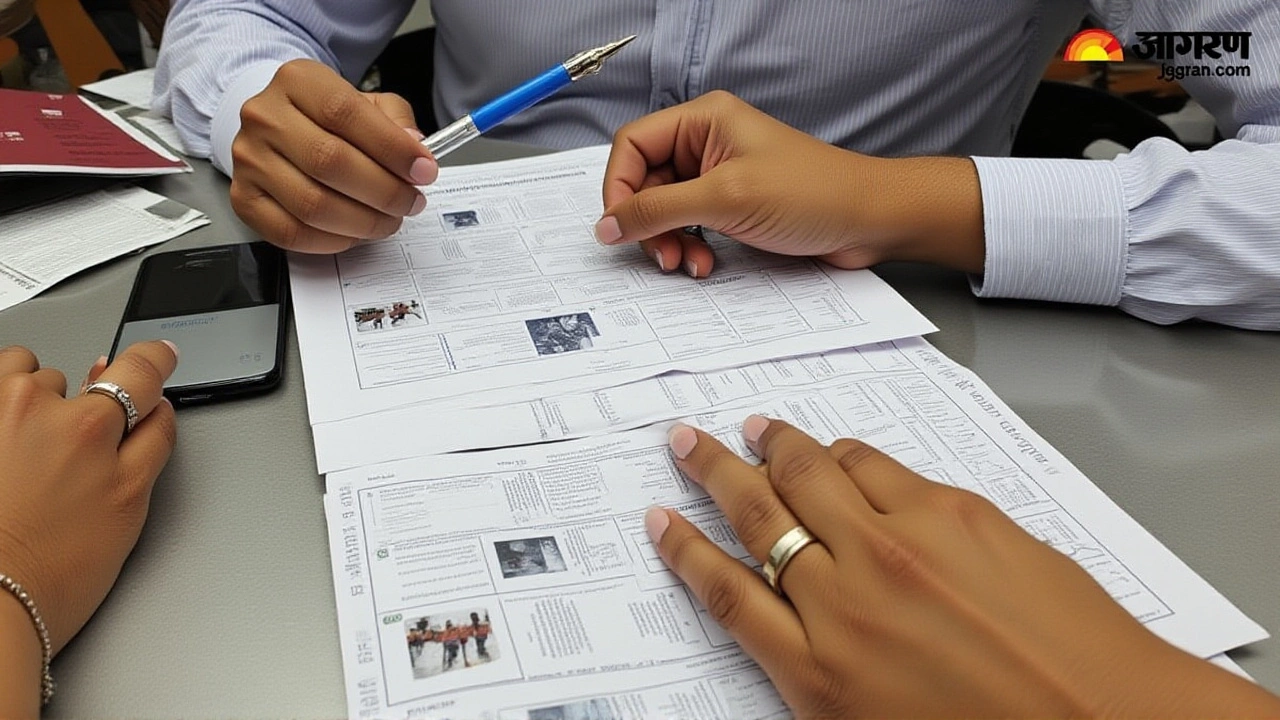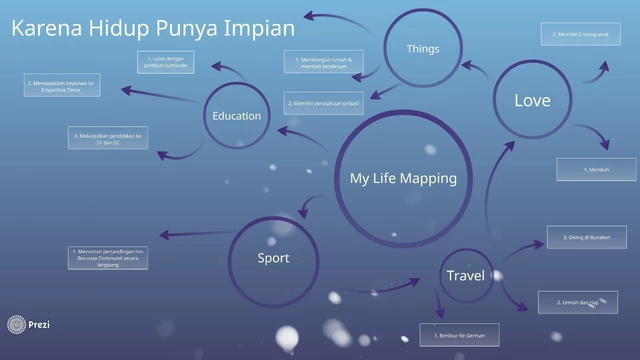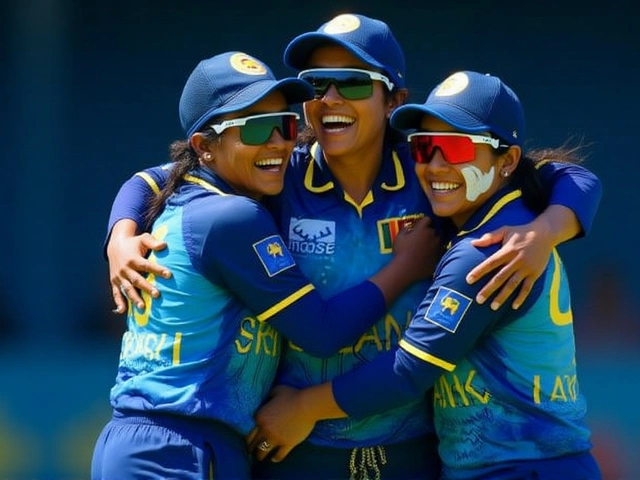On Saturday, November 15, 2025, Gajal Bhardwaj, District Election Officer of Mahoba, Uttar Pradesh, walked through the halls of Janatantra Inter College and Ladpur Primary School, not just to inspect polling stations—but to enforce a quiet revolution in India’s electoral machinery. With a tablet in hand and a directive in mind, Bhardwaj ordered all Booth Level Officers (BLOs) to digitize Enumeration Forms (EFs) using the newly upgraded BLO app, marking a decisive shift from paper to pixels in the Special Intensive Revision (SIR) campaignMahoba.
From Paper to Pixels: The SIR Campaign’s Digital Turn
The SIR campaign, launched by the Election Commission of India, is meant to clean up voter rolls ahead of upcoming elections—verifying addresses, removing duplicates, and adding new voters. But this year, the approach changed. Where BLOs once carried stacks of forms, they now carry smartphones. At Janatantra Inter College, which houses polling stations 285 through 290, Bhardwaj personally checked BLO registers and demanded real-time updates. "No more lost forms," he told supervisors. "If it’s not uploaded, it doesn’t exist." The updated BLO app, rolled out in October 2025, lets officers scan QR codes tied to voter IDs or manually enter details. Once completed, they must upload photos of both pages of the EF—along with a selfie of the voter holding their ID. In Rajasthan, only one page is needed; elsewhere, two. The system cross-references data with the 2003 and 2025 electoral databases. If it matches, it flashes "EPIC Match." If not? The form gets flagged for manual review.
Who’s On the Ground? The Faces Behind the App
The inspection wasn’t a solo act. Standing beside Bhardwaj were Dr. Pradeep Kumar, the Sub-Divisional Magistrate; Pramit Sachan, the Tehsildar; supervisors Gayaprasad and Malkhan Singh; and a team of seven BLOs: Rakesh Saxena, Premnarayan, Bharatraj, Vimal Soni, and Snehlata. Each had been trained on the app’s new workflow—selecting "EF Distributed," then later "EF Collected," and finally uploading the form with the voter’s photo.
At Ladpur Primary School, where polling stations 295 and 296 are located, Bhardwaj turned to Sachan and said, "Make sure every household in your tehsil gets visited twice. If the form isn’t digitally submitted by November 30, we’ll know why." The pressure is real. The Election Commission has set a hard deadline: all EFs must be digitized and uploaded by December 4, 2025—a date echoed in neighboring Sitapur, where BLOs are making door-to-door visits until then.
Why This Matters: Accuracy Over Paper Trails
For years, lost or misfiled Enumeration Forms were a nightmare. In 2023, over 1.2 million forms went missing in Uttar Pradesh alone. Some voters disappeared from rolls not because they moved—but because the paper vanished. The BLO app fixes that. Every upload is timestamped, geotagged, and stored in a centralized cloud system accessible to the Election Commission of India in real time.
"It’s not just about efficiency," says a senior ECI official who spoke anonymously. "It’s about trust. When a voter sees their name on the digital roll, confirmed with their own photo, they know they’re not being erased. That’s democracy in action." The app also cuts down on fraud. In 2024, a case in Ballia district exposed a BLO who submitted 87 fake forms. With the new photo upload requirement and QR matching, that’s nearly impossible now. Even if someone tries to forge a form, the system flags mismatches in Aadhaar numbers, mobile registrations, or EPIC IDs.
The Bigger Picture: Digital India Meets Democratic Process
This isn’t the first time tech has touched elections—but it’s the most comprehensive. In 2019, e-voting trials were limited to overseas voters. In 2022, the ECI introduced online voter registration. But digitizing the *entire* enumeration process at the grassroots level? That’s new.
And it’s working. In the first week of the SIR campaign in Mahoba, over 14,300 forms were digitized—nearly double the pace of last year’s paper-based effort. The ECI reports a 68% reduction in form discrepancies in pilot districts. The goal? To complete the SIR campaign in all 75 districts of Uttar Pradesh by December 20, 2025.
There are hiccups, of course. In remote villages, poor internet connectivity still causes delays. Some elderly voters struggle with the photo upload requirement. But Bhardwaj’s team is adapting: they’ve set up mobile charging stations and enlisted schoolteachers to help guide voters through the process.
What’s Next? Scaling Up, Staying Secure
By January 2026, the ECI plans to roll out voice-assisted navigation in the BLO app for non-literate officers. A biometric verification layer is also in testing—where voters can confirm their identity via fingerprint scan on the spot.
Meanwhile, Mahoba’s success is being studied by other states. Bihar and Jharkhand are preparing to adopt the same model. And if this works? The entire voter registration system could go paperless by 2027.
Frequently Asked Questions
How does the BLO app ensure voter data isn’t lost or tampered with?
Every upload is encrypted and timestamped with GPS coordinates. The Election Commission of India’s central server logs each submission, and any edit after submission triggers an audit flag. Data is backed up across three secure cloud nodes, making tampering nearly impossible. If a form is deleted, the system retains a read-only copy for review.
What happens if a voter doesn’t have a smartphone or Aadhaar?
BLOs are trained to assist voters without digital access. They can manually enter details using their own app and upload photos of the physical form. Aadhaar is optional—if not provided, the system uses voter’s name, address, and EPIC number. The goal is inclusion, not exclusion.
Why are two pages required for the Enumeration Form in most states?
The two-page form includes voter details on Page One and family/dependency information on Page Two, which helps detect duplicate registrations across households. Rajasthan uses a single-page format because its state election office simplified the form in 2023. All other states follow the national two-page standard.
How is this different from the 2019 voter drive?
In 2019, the ECI focused on online registration and mobile apps for voters to self-update. This SIR campaign flips the script: BLOs actively visit homes, collect forms, and digitize them on the spot. It’s proactive, not reactive—and it’s the first time photo verification and QR matching are mandatory at the field level.
Are BLOs being monitored for compliance?
Yes. The app logs each BLO’s location, time of upload, and number of forms processed. Any BLO who uploads fewer than 15 forms per day in urban areas—or fewer than 8 in rural zones—is flagged for review. Supervisors receive real-time dashboards showing performance metrics.
What if a voter’s name is incorrectly removed from the roll?
Voters can appeal through the ECI’s online portal or visit the nearest electoral office with proof of residence. The system retains all offline forms for 90 days after digitization, so discrepancies can be cross-checked. In Mahoba, a special helpline has been set up—over 2,300 calls have already been logged since November 15.




